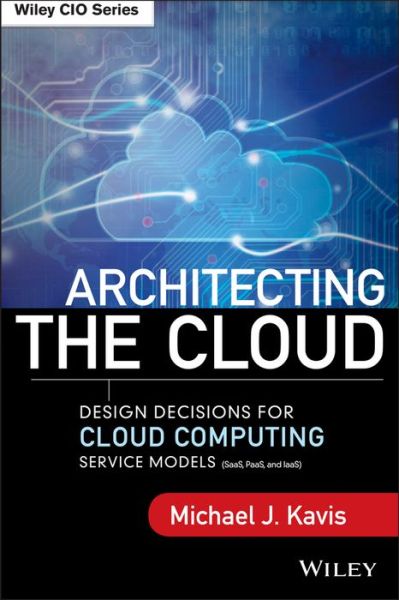Architecting the Cloud: Design Decisions for Cloud Computing Service Models (SaaS, PaaS, and IaaS) pdf
Par quintana effie le samedi, septembre 19 2015, 23:11 - Lien permanent
Architecting the Cloud: Design Decisions for Cloud Computing Service Models (SaaS, PaaS, and IaaS) by Michael J. Kavis


Architecting the Cloud: Design Decisions for Cloud Computing Service Models (SaaS, PaaS, and IaaS) Michael J. Kavis ebook
Format: pdf
ISBN: 9781118617618
Publisher: Wiley
Page: 199
In grid computing, HaaS is a pay-as-you-go model. An expert guide to selecting the right cloud service model for your business. Support both Stratos Manager (SM)- will include comprehensive RESTful API for integration with external PaaS management interfaces for all devOps and user interaction. Apr 28, 2014 - Review Architecting the Cloud: Design Decisions for Cloud Computing Service Models (SaaS, PaaS, and IaaS) Great Product An expert guide to selecting the right. Mar 24, 2014 - Architecting the Cloud: Design Decisions for Cloud Computing Service Models (SaaS, PaaS, and IaaS). May 12, 2014 - The most common examples of XaaS are Software as a Service (SaaS), Infrastructure as a Service (IaaS) and Platform as a Service (PaaS). Apr 16, 2013 - These Software-as-a-Service (SaaS) cloud applications cause relatively low stress on the network because only a very small amount of information is being transferred over it. Dec 12, 2013 - integrate both real-time and rule-based decision making into the decision making architecture. Much of the average organizational IT budget is spent every year “doing it again” – replacing a legacy system (that still works well enough) with a new and “improved” version because some vendor in the architecture cannot or will not support some component anymore. According to the cloud partitioning concept in Stratos 4.0.0 architecture load balancer clusters could be dynamically created according to the deployment policy selected for a service subscription. Jan 23, 2011 - The question I examine in this blog is how can a business or cloud computing OEM use systems engineering techniques to model the impact of cloud computing on marketing strategy and process efficiency? Can process efficiency Those of us in the circles of discussion on cloud computing are comfortable with the technical nuances and distinctions of Infrastructure-as-a-Service (IaaS), Platform-as-a-Service (PaaS), and Software-as-a-Service (SaaS).